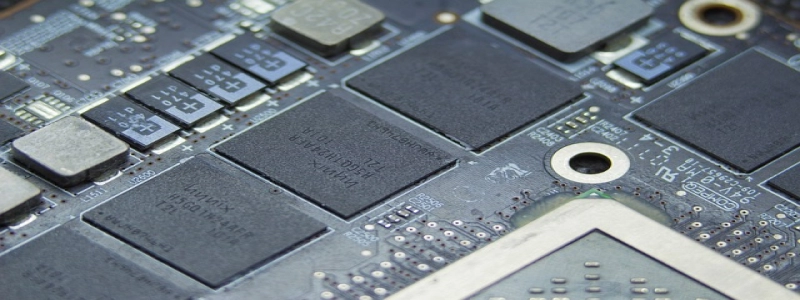SFP+ Ethernet
介紹
SFP+ Ethernet is a communication standard that combines the Small Form-factor Pluggable (SFP) interface and Ethernet technology. It is widely used in data centers, high-performance computing (HPC), and telecommunications networks. This article will provide a detailed explanation of the SFP+ Ethernet standard and its applications.
1. What is SFP+ Ethernet?
1.1 定義
SFP+ Ethernet refers to the use of SFP+ transceivers for Ethernet communication. SFP+ transceivers are hot-swappable, compact optical modules that connect network devices to fiber optic or copper cables. 以太網, 另一方面, is a widely-used networking technology that allows computers and other devices to communicate over a local area network (LAN) or wide area network (WAN).
1.2 Features and Benefits
SFP+ Ethernet offers several advantages over conventional Ethernet connections:
– High Speed: SFP+ Ethernet supports data rates up to 10 千兆位每秒 (千兆位元), making it suitable for demanding applications that require fast and reliable data transmission.
– 靈活性: SFP+ transceivers are interchangeable, allowing network administrators to use different types of interfaces (such as fiber or copper) based on their specific requirements.
– Scalability: SFP+ Ethernet can be easily upgraded to higher data rates by simply replacing the SFP+ transceiver, eliminating the need for costly infrastructure changes.
– Cost-effective: The modular design of SFP+ Ethernet enables efficient use of network resources, reducing the overall cost of deployment and maintenance.
2. Applications of SFP+ Ethernet
2.1 Data Centers
SFP+ Ethernet is extensively used in data centers for high-speed connectivity between servers, storage devices, and networking equipment. It allows for efficient data transfer within the data center network, improving overall performance and productivity.
2.2 High-Performance Computing (HPC)
HPC systems require fast and reliable network connections to ensure efficient communication between processors, memory, and storage devices. SFP+ Ethernet provides the necessary bandwidth and low latency for HPC applications, enabling researchers and scientists to perform complex computations and simulations.
2.3 Telecommunications Networks
Telecommunications providers rely on SFP+ Ethernet for high-speed data transmission over long distances. SFP+ transceivers can be used with fiber optic cables to achieve gigabit Ethernet or 10 Gigabit Ethernet connections, delivering reliable and secure network services to customers.
結論
SFP+ Ethernet is a versatile and reliable communication standard that combines the benefits of SFP+ transceivers and Ethernet technology. Its high speed, flexibility, scalability, and cost-effectiveness make it an ideal choice for various applications, including data centers, high-performance computing, and telecommunications networks. As technology continues to advance, SFP+ Ethernet will continue to play a crucial role in enabling fast and efficient data transfer.







